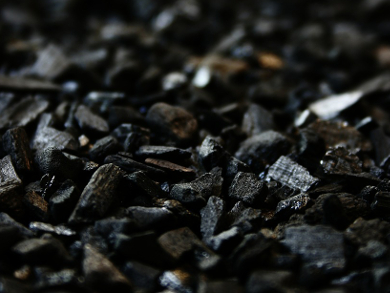Carbon dioxide is one of the major contributors to global warming. Hence, post-combustion capture of emitted CO2 and its long-term storage are an important task in order to restrict the CO2 amount in the atmosphere. Activated carbon, which is a pure form of carbon processed to have small pores and large surface area, is a promising material for efficient CO2 absorption.
As the CO2 uptake mainly results from short-range attractive forces, a narrow pore size with 6–7 Å maximizes CO2–carbon interaction. Unfortunately, this form of activated carbon has a reduced surface area, which constrains CO2 absorption. If higher activation levels are used in order to increase the surface area, the pore size expands – hence CO2 capture is reduced once again.
Robert Mokaya and colleagues, University of Nottingham, UK, addressed this conundrum between CO2 uptake, surface area and pore size. The team uses a mechanochemical activation route for the production of lowly compacted carbon from wood sawdust and lignin. The product exhibits an enhanced surface area, but mainly small pore sizes with 5.8–6.5 Å. The CO2 uptake rises from 4.3 mmol/g of conventional activated carbon to 5.8 mmol/g at 1 bar.
- Generalized Mechanochemical Synthesis of Biomass-Derived Sustainable Carbons for High Performance CO2 Storage,
Norah Balahmar, Andrew C. Mitchell, Robert Mokaya,
Adv. Energy Mater. 2015.
DOI: 10.1002/aenm.201500867




